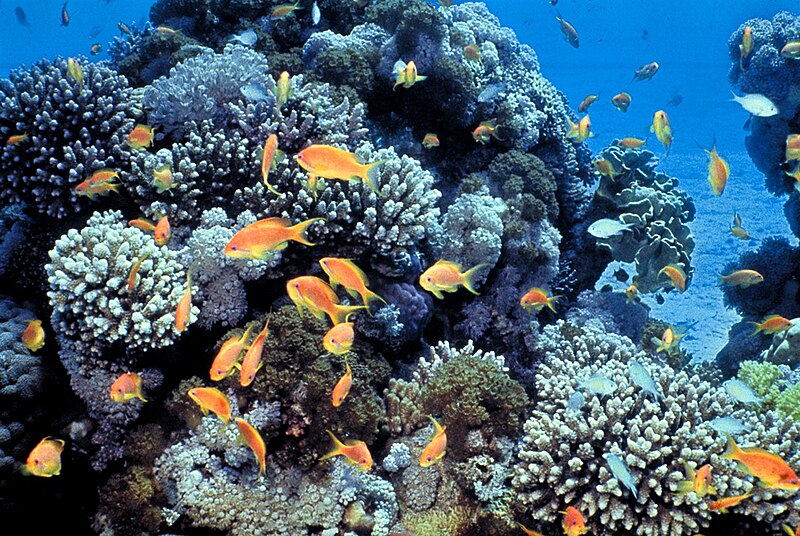Waterborne DNA provides a picture of coral reef health
Date: 22.4.2019
In these times of coral reef die-offs, it's vitally important to monitor the abundance and variety of corals on the reefs that remain. This is currently performed visually by scuba divers, but there may soon be a quicker, cheaper and easier method – just check the water for coral DNA.
 All aquatic organisms are constantly dispensing their DNA into the water, in the form of cast-off biological materials such as feces or sloughed skin. Known as environmental DNA (or eDNA for short), this can be detected in water samples, allowing biologists to ascertain which species are present in a given area.
All aquatic organisms are constantly dispensing their DNA into the water, in the form of cast-off biological materials such as feces or sloughed skin. Known as environmental DNA (or eDNA for short), this can be detected in water samples, allowing biologists to ascertain which species are present in a given area.
In the recent past, eDNA analysis has been used for purposes such as looking for frog fungus, finding out if great white sharks are nearby, and even searching for the Loch Ness monster.
Now, scientists from the University of Hawaii at Manoa have discovered that it also works for coral surveys. Utilizing a single-step "metabarcoding" process, marine biology grad student Patrick Nichols and Assoc. Prof. Peter Marko were able to identify all of the coral DNA sequences present in one water sample.
While the specific sequences allowed them to determine which species of coral were growing on the reef where the sample was gathered, the eDNA concentration let them know approximately how many of each species were present. In general, it was found that water from degraded reefs contained little coral eDNA, while samples from healthier reefs contained much more.























